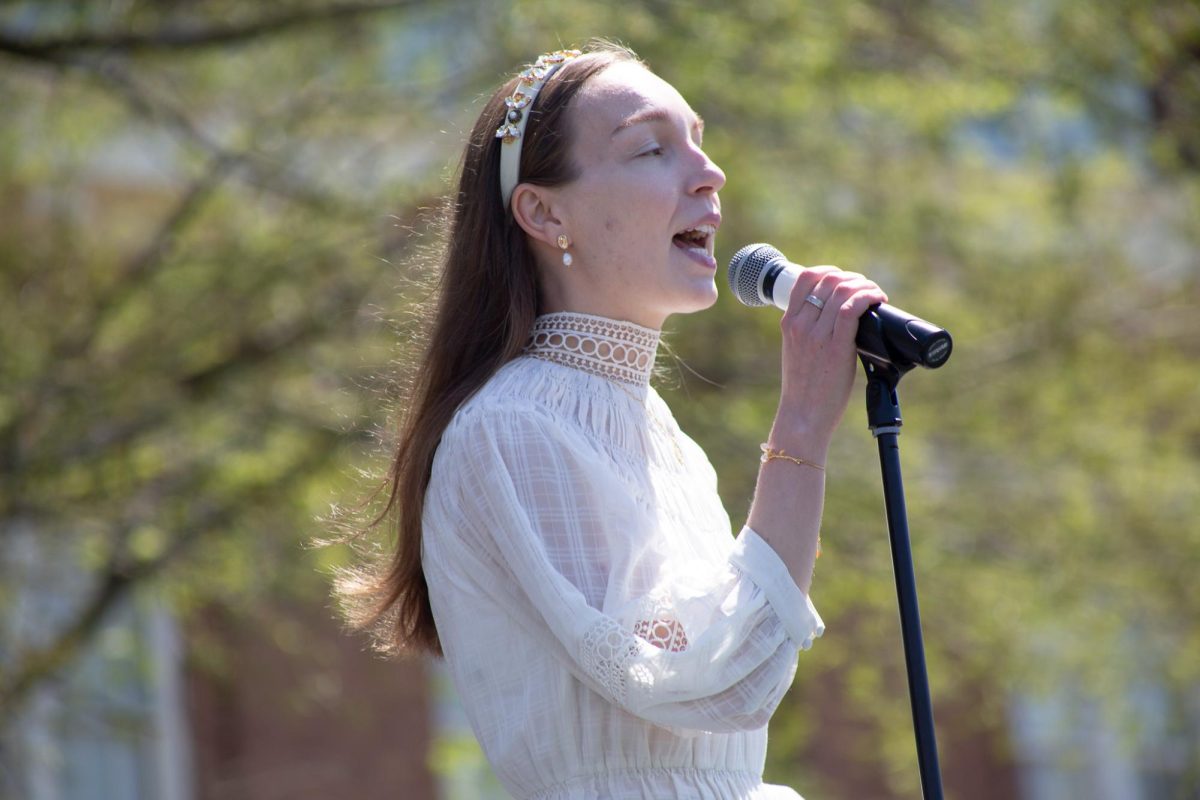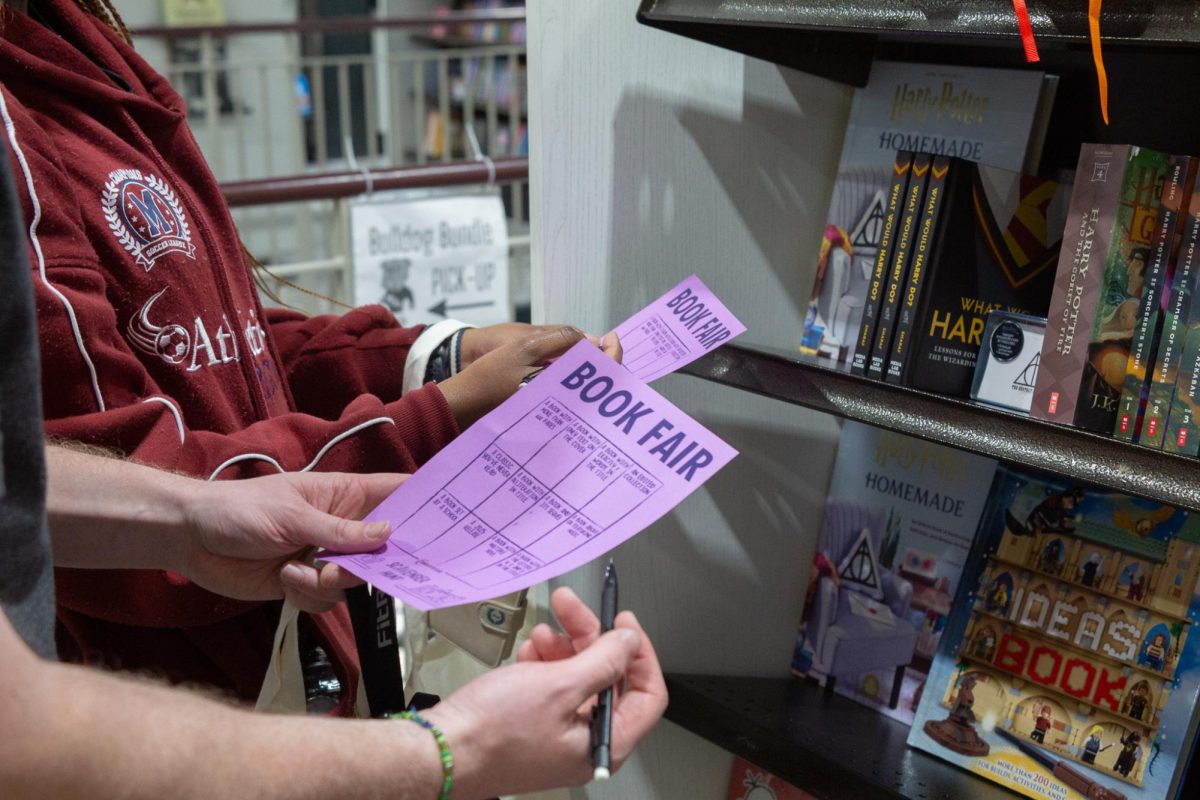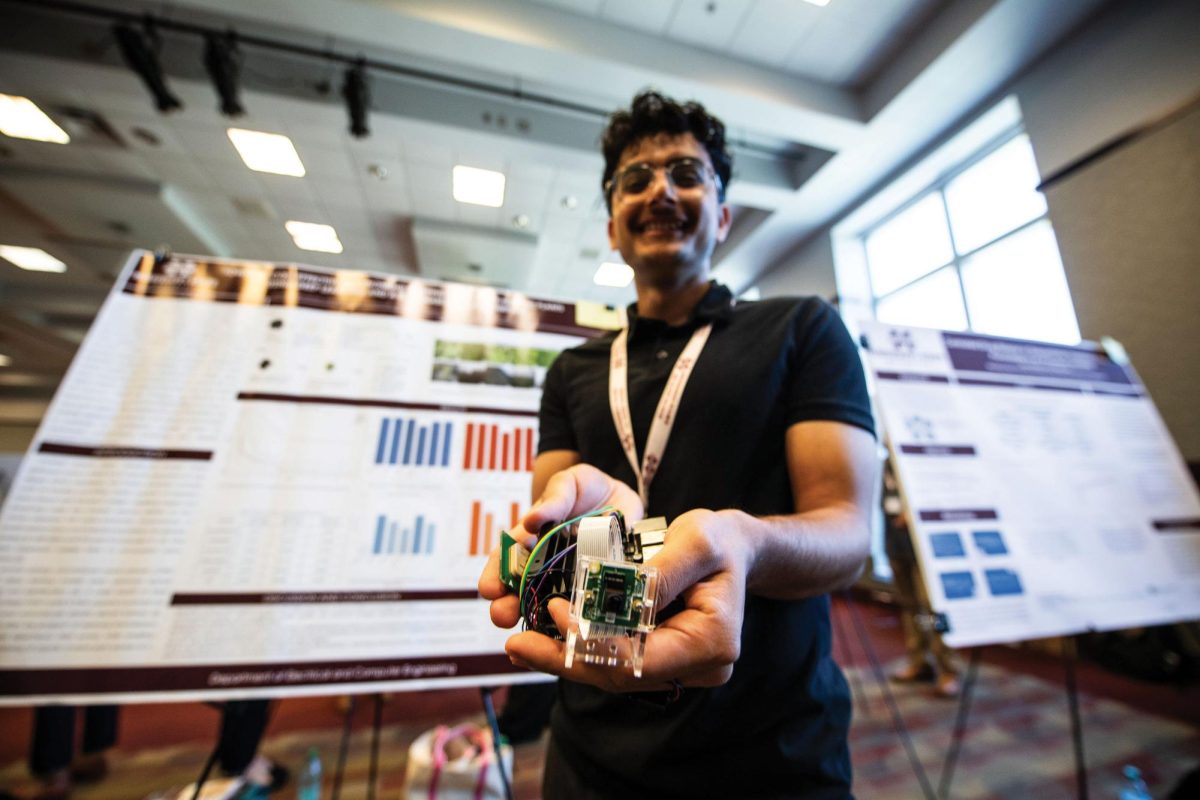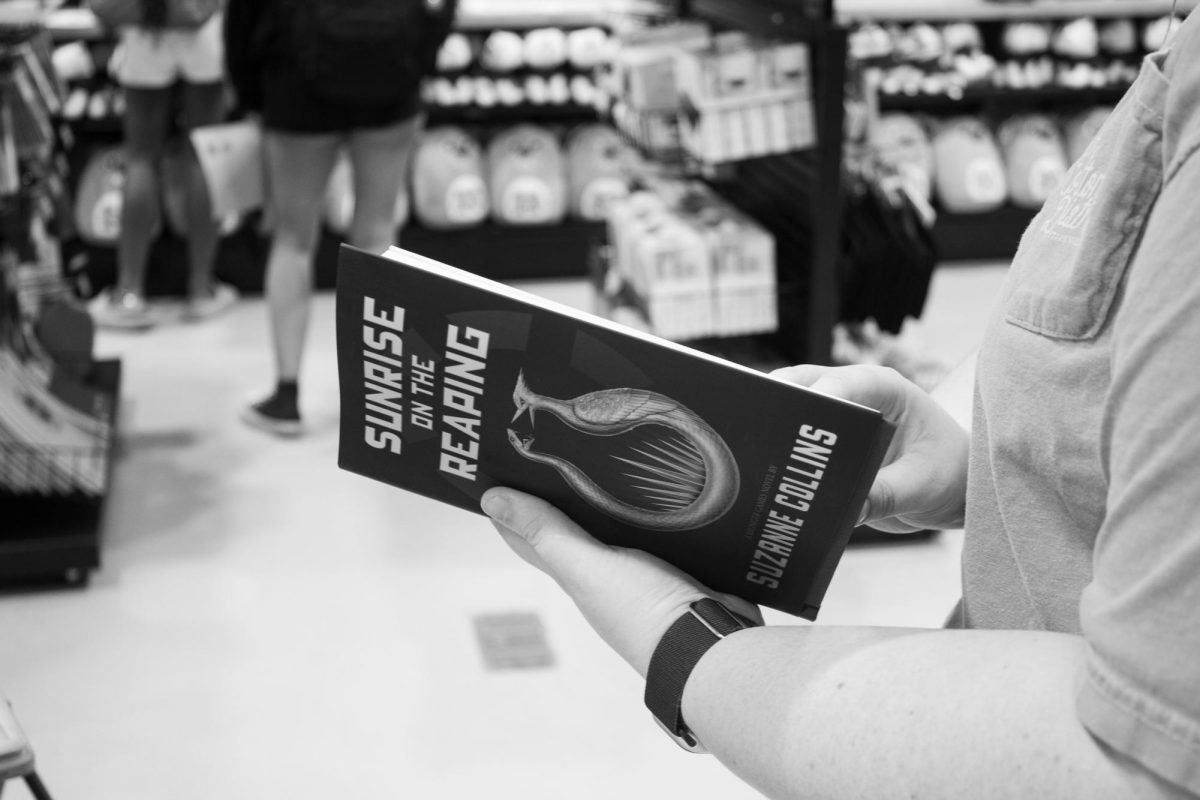Mississippi State University’s Department of Music’s 12th annual Poetry and Song Program, co-directed by MSU instructor Karen Murphy and MSU professor emeritus Nancy Hargrove, filled Old Main Academic Center’s Turner A. Wingo Auditorium with an astounding amount of talent, song after song.
This concert was not like what most college students would think when they hear ‘concert.’ It did not feature popular artists or any headline band. Instead, the concert last Tuesday was a mixture of a choir singing and soloists, as well as several feature instruments like the cello, piano and clarinet.
The concert mostly consisted of several poems turned into songs, as well as numbers from musicals like “The King and I” and “The Sound of Music.”
Before every song, Hargrove provided commentary, which sometimes explained the song’s background, while other times explained the song’s meaning. In the first section of the performance, she explained one of the main poet’s backstory and life, which gave light to some of the song’s meanings and allowed the audience to see deeper into the work.
Still, much of the commentary consisted of an explanation of the poem itself rather than the poet’s background, which was unnecessary since a poem or song is not meant to be interpreted the same way twice.
The choir got up after the commentary and performed their song, and while everyone in the choir seemed to hit the notes for the most part, the lower voices were brought out a perfect amount. Their voices were impressive, and they harmonized better than I expected initially. This section of the choir definitely brought the performance to a whole new level.
The costume designer also did a good job. In all of my experience working with a large group of performers, there is the tendency to make everyone look the same rather than making them look nice. However, the simple black dresses paired with the red scarves added to the mood of the show. Later, with the soloists, the classic dresses worn were very professional, and in the last part of the show, the costumes designed for the funnier performances certainly fit the role well.
I was very impressed will all of the musicians, but most of all with the oboist Jessica Haislip, an MSU lecturer and oboe instructor. It is very difficult to play the oboe and actually sound good. Most do not know the instrument well enough to fully understand how much this is true. However, when an oboist successfully plays the instrument, they tend to be phenomenal, as Haislip proved.
Soon after this section was over, Hargrove stood to speak about the next few songs. While I understand a need for this part to an extent, good music can express just about everything said during this part of the commentary. This music was good and performed by talented individuals, but it was overshadowed and not allowed to speak for itself. I would much rather hear someone explain the writer’s life and how it connects than explain what the lines mean.
Not only was this portion of the show slightly disruptive, but the lighting was confusing and annoying. While some parts of the show were well lit, in other parts I was only seeing eyebrows and foreheads, which is an issue when someone is trying to keep their audience’s attention.
Despite this, most, if not all of the soloists up next, had such incredible voices that the show could have been set in a pitch black room. Though I am not a huge fan of opera, most of these people had the range to effectively perform the pieces, which is one of the highest compliments I can give.
In all honesty, the talent radiating off many of these soloists is much more than a number of people who rose to fame because of their singing. Not only could these students hit the notes of the songs, but they performed past that, really stealing the show away.
MSU senior Darbie Woods, a soloist student who was also in the choir performances, sang the song “Pierrot.” Woods told how before she got on stage she was nervous about forgetting a verse, but once she was up there she said she “turned around and looked at my pianist and inhaled,” which calmed her. She then went on to say, “it just flowed when it happened, and it was really fun.”
The commentary on the next writer of the pieces sung was again interesting at first, and then lengthy and exhausting toward the end. For this section, it was hard to enjoy the songs. While they were meant to be funny, the audience had already heard everything that was going to happen in the songs, which made them bland. Still, the performers did a good job with their pieces.
The performance on “Honey Bun” from the Broadway play “South Pacific” was hilarious, despite the commentary. The lyrics when combined with costumes of a man dressed up in a coconut bra with lipstick on made the performance truly shine. This was, without a doubt, one of the best performances of the night, since the performers visibly put their hearts into it to make it amusing.
There were also a few songs from “The Sound of Music” performed, all of which were skillfully done. MSU sophomore Kailyn Naquin, who sang “My Favorite Things,” was especially talented. While these songs were based on the Broadway production, I love the movie, and therefore, I was comparing this singer to Julie Andrews, and Naquin did remarkably well.
Overall, these performances were outstanding, and while there were some negative qualities of the 12th Poetry and Song Program, this annual event was really worth attending, especially for someone who loves the art form of music.




















